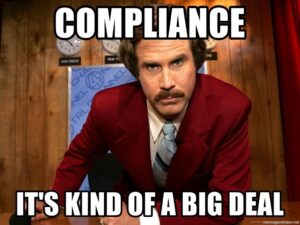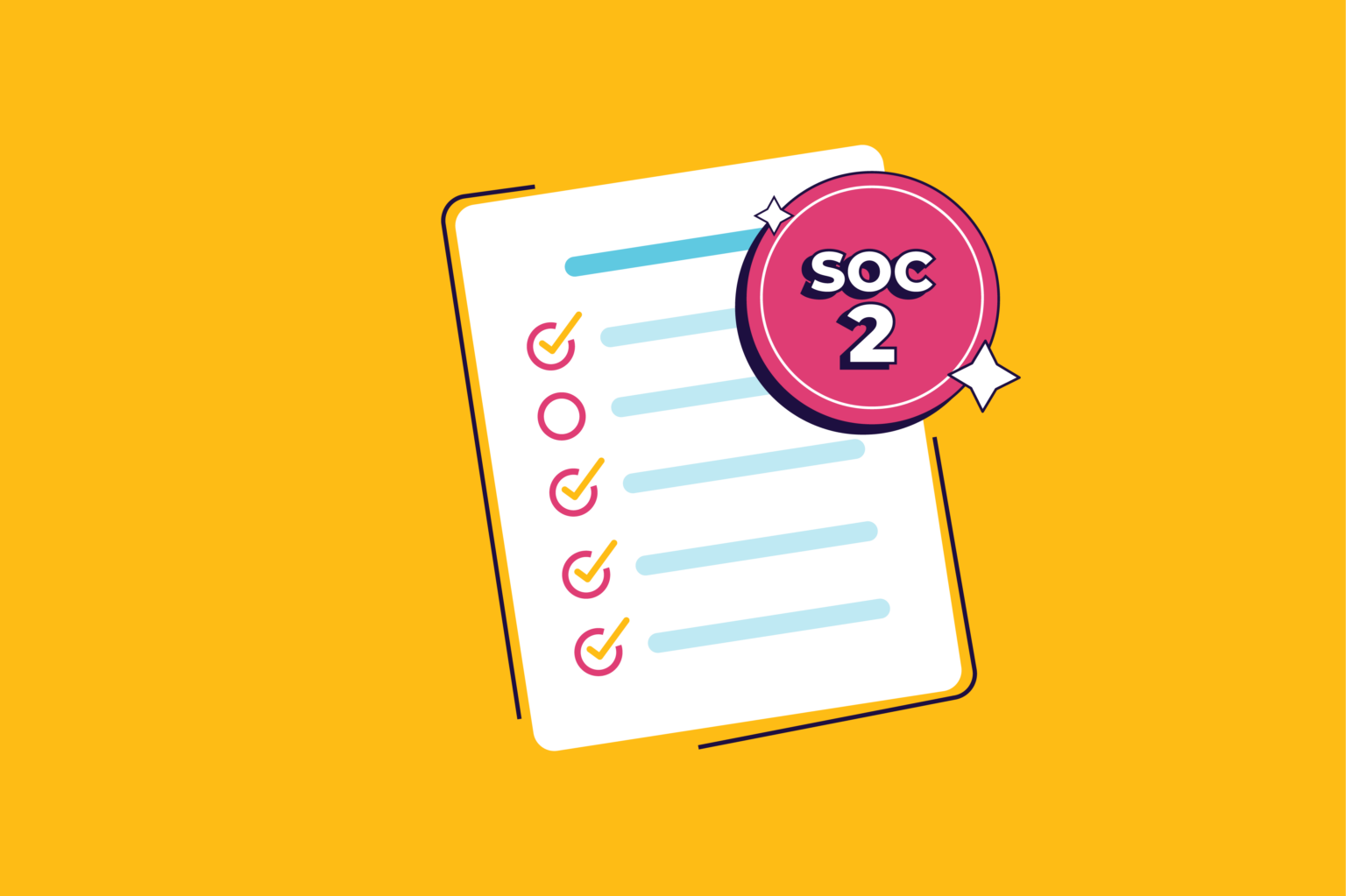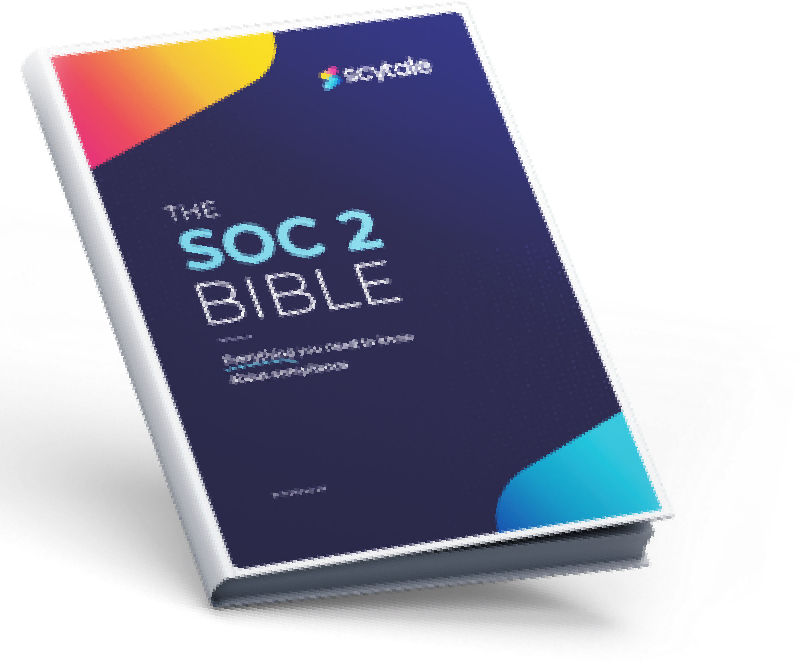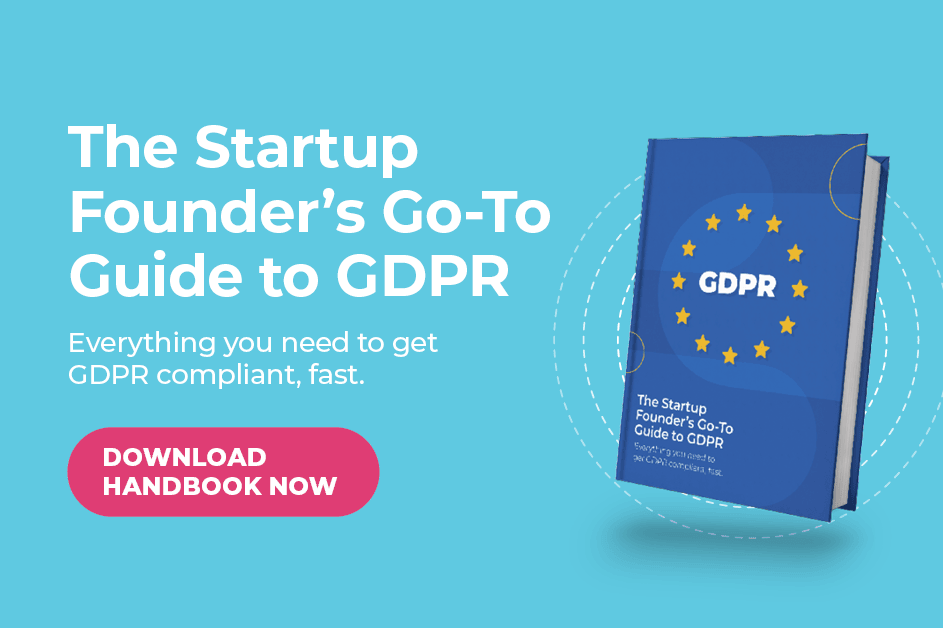A System and Organization Control 2 (SOC 2) audit involves a thorough assessment of your organization’s procedures, systems, and safeguards in the context of security, availability, confidentiality, processing integrity, and privacy. Given the ubiquity of cloud – hosted applications in the contemporary IT landscape, adherence to industry standards such as SOC 2 is imperative.
While it may appear daunting, navigating this compliance doesn’t need to be a complex endeavor. We’ve formulated a straightforward SOC 2 requirements checklist to assist you in initiating your path towards SOC 2 compliance.
Checklist for SOC 2
Preparing for an SOC 2 audit may entail months of meticulous planning, thorough preparation, and systematically addressing items on an extensive audit checklist.
Choosing the type of report, defining objectives and scope, doing risk assessment, implementing gap analysis and performing controls monitoring, – seems just a few of obligations, but they require meticulous planning and attention to details.
Let’s understand what each step under the SOC 2 checklist entails.
1. Type of SOC 2 Report
Initiating the SOC 2 project requires a comprehensive understanding from the project team, management, and leadership regarding the type of SOC 2 report they want to pursue. There are two distinct types of SOC 2 reports, and the selection depends on customer requirements and the agreed-upon timelines for implementation.
- A Type 1 report encompasses a compliance audit focusing solely on the “design” of controls. Evidence collection involves policies, procedures, and limited samples to provide auditors with reasonable assurance that the organization’s controls are effectively designed. For example, opt for SOC 2 Type 1 when initiating your compliance journey or facing time constraints, necessitating the demonstration of compliance intent to prospective clients or customers.
- A Type 2 report serves as confirmation that the established controls are operational over a designated timeframe, providing a comprehensive assessment of their ongoing effectiveness. This report is considered indispensable for anticipated future requirements and continuous assurance. Select SOC 2 Type 2 if your organization is already compliant with other frameworks and has concluded SOC 2 Type 1 along with the three to six-month recommended observation period, or if there is a specific request from your customers for this level of assurance.
The extent of detail needed for your information security controls by your customers is also a determining factor. If relevant to your business, additional security frameworks aligned with your industry and regulatory demands can be incorporated into your SOC 2 compliance program, such as ISO 27001, HIPAA, HITRUST.
2. Objectives and Scope
At the forefront of the SOC compliance checklist is the paramount and essential action item of delineating the objective of the SOC 2 report.
A comprehensive understanding of your objectives ensures that the SOC 2 process aligns with the precise motivations driving your compliance efforts. This clarity functions as a guiding factor in decision-making throughout compliance tasks like delineating the scope, forming a cross-functional team, evaluating controls, undergoing self-assessments and audits, and executing necessary actions to rectify identified gaps.
Subsequently, a clear definition of the scope of your audit is crucial. It shows the auditor that you understand your data security requirements according to the SOC 2 compliance checklist. This not only provides evidence but also streamlines the process by removing criteria that don’t apply to your situation.
To define your audit scope, you need to choose the Trust Services Criteria (TSC) that match the type of data your business deals with—whether it’s stored or transmitted. Governed by the American Institute of Certified Public Accountants (AICPA), SOC 2 reports aim to fulfill the requirements of businesses seeking comprehensive information and assurance pertaining to the controls of their IT vendors, specifically in alignment with the five TSC:
- Security
- Confidentiality
- Availability
- Processing integrity
- Privacy
Here the Security, Availability, and Processing Integrity, among these 5 TSC, pertain to the systems utilized for processing user data, while Confidentiality and Privacy are associated with the information processed by these systems.
Notably, Security serves as a fundamental criterion derived directly from the COSO 1 framework, applicable across various industries. Additional criteria categories, relevant to your industry and organizational services, can be chosen for a SOC 2 engagement.
A SOC 2 audit looks at your infrastructure, data, people, risk management policies, and software, to name a few items. So, at this stage, you must also determine who and what within categories will be subject to the audit. For instance, you can keep some of your non-production assets from the scope of the audit.
Let’s explore a few examples to gain insight into scope determination.
- Consider the Availability criterion if downtime is a significant concern for your customer.
- Opt for the Confidentiality criterion when your customers have specific confidentiality requirements such as non-disclosure agreements (NDAs).
- Include Privacy when your customers store Personally Identifiable Information (PII) such as healthcare data, driver’s license or social security numbers.
- Incorporate Processing Integrity when conducting crucial customer operations, such as financial processing, payroll services, and tax processing, among others.
That being stated, based on our experience, the majority of businesses, especially those utilizing SaaS-based solutions, typically find that Security, Availability, and Confidentiality (or their combination) suffice as the relevant TSC for their SOC 2 compliance journey.
3. Self-Assessment of Internal Risk
You should implement controls according to the selected TSC to showcase your organization’s compliance with SOC 2 standards. This involves the creation of policies that outline expectations and procedures that translate these policies into actionable practices.
Afterwards, effectively managing and evaluating risks to your business and information plays a pivotal role in your SOC 2 compliance endeavors. It is imperative to identify and evaluate risks associated with all scoped elements, encompassing technology, operations, geographical location, and third-party vendors, to name a few. Documenting the scope of these risks based on identified threats and vulnerabilities is essential. Subsequently, assigning likelihood and impact to each identified risk and implementing corresponding measures (controls) in accordance with the SOC 2 checklist is a key step in the process.
The responsibility for implementing these SOC 2 controls and presenting evidence to the auditor lies with your organization’s executive management and department leaders. Evidence can be your information security processes and procedures, screenshots, log reports, and signed memos, to name a few. Your inability to show demonstrable proof of SOC 2 compliance requirements can get flagged as exceptions by the auditor. Therefore, fostering communication within the organization, particularly with key stakeholders, is crucial.
Failing to identify any shortcomings, oversights, or omissions in the risk assessment during this phase can substantially increase vulnerabilities.
For example, failure to identify potential risks linked to weak password policies within the Payroll system or neglecting to evaluate the risks associated with third-party vendors’ access to sensitive medical data could create substantial gaps in the overarching risk mitigation strategy.
Consider the following questions to guide you through this process:
- Have you identified potential threats to your business?
- Can you pinpoint critical systems based on the recognized risks?
- Have you analyzed the significance of the risks associated with each threat?
- What strategies do you have in place to mitigate these risks?
- Are there contingency plans established to respond to identified threats effectively?

4. Gap Analysis and Remediation
During this phase, you assess your policies, procedures, and controls that are implemented and operationalized in your business, comparing their compliance status with the SOC checklist and industry best practices. This analysis will enable you to identify how well you align with SOC 2 requirements, and any findings from your self-assessment will result in the control gaps needing to be refined and closed prior to the actual SOC 2 audit.
Remediate the gaps with improved or new controls, as applicable. These may include modifying workflows, introducing employee training modules, and creating new control documentation, among others. The risk ratings (carried out earlier) will help you prioritize the remediation.
It’s essential to recognize that the controls you put in place should be tailored to the specific stage of your organization. The controls necessary for large enterprises, like Google, significantly differ from those required by startups. In this context, SOC 2 criteria are notably broad and allow for interpretation based on the unique needs and circumstances of each entity.
For example, your organization might opt for implementing Multi-factor Authentication (MFA) as a measure to prevent unauthorized system access. Meanwhile, another entity may decide to deploy firewalls, and some might choose to implement both these measures based on their specific preferences and requirements.
Here are a few questions that you may need to consider at this point:
- Is there a clear organizational structure in place?
- Have authorized employees been designated to create and implement policies and procedures?
- How is change managed within your organization?
- What procedures do you have for background screening of employees, contractors and third party vendors?
- Are regular updates conducted for your software, hardware, and infrastructure?
5. Readiness Assessment
After completing the gap remediation process, a conclusive readiness assessment is necessary, involving the reassessment, testing, and verification of security controls to ensure their intended functionality. This stage offers an opportunity to address any lingering effectiveness issues and perform final remediation steps, serving as the last preparatory step before undergoing a formal compliance audit conducted by a certified public accounting (CPA) firm. It’s highly advised to engage in a readiness assessment with an independent auditor to determine compliance with the minimum SOC checklist requirements, preparing for a comprehensive audit.
Here is an example of how to think at this stage and what questions you need to ask yourself.
- Our existing policies and procedures are aligned with SOC 2 requirements, but have we identified and addressed all missing or outdated policies?
- We have a comprehensive understanding of how sensitive information flows within our organization. But have we identified and implemented appropriate safeguards for data handling?
- Our employees are well informed and trained on security practices, but are there any areas where additional training is needed to enhance compliance?
- Our documentation (related to security policies, risk assessments, etc.) is comprehensive and up-to-date. Can our employees easily access and reference the necessary documentation?
- Our clients and employees understand their respective roles in using our systems or services securely. How effectively are we communicating and reinforcing these roles?
6. Continuous Monitoring
Achieving SOC 2 compliance should never be considered a one-time event. In fact it marks the beginning of an ongoing process since security is a continuous endeavor. Establishing a robust continuous monitoring practice becomes crucial, particularly with SOC 2 audits occurring annually.
The key components of the continuous monitoring process in SOC 2 include but are not limited to the following:
- Implementation for immediate detection of deviations from established security baselines.
- Monitoring using automated tools and systems to assess security controls and activities in real-time.
- Develop a robust incident response plan to address and mitigate any identified security issues promptly.
- Monitor user activities, especially those related to sensitive data and critical systems.
- Ensure that alerts are actionable and provide the necessary information for a timely response.
- Ensure that the continuous monitoring process is scalable to accommodate the organization’s growth and evolving security requirements.
- It should give you the big picture as well as an entity-level granular overview of your infosec health at any point in time.
The One Box You Need to Tick: Choose a Compliance Partner
This high-level SOC 2 checklist should help provide a solid foundation on where to begin your compliance journey. SOC 2 is a powerful, flexible protocol that will give your company a competitive advantage. However, precisely because SOC 2 is so flexible and far-reaching, each company’s specific path will be different. For this reason, there is no step-by-step guide on how you can reach your specific SOC 2 goals.
That’s why many businesses choose an end-to-end SOC 2 advisory solution that integrates with the leading compliance technology. By combining SOC 2 technology and human expertise, you can harness the best of both worlds, which ultimately ensures you are best able to meet your business goals.











